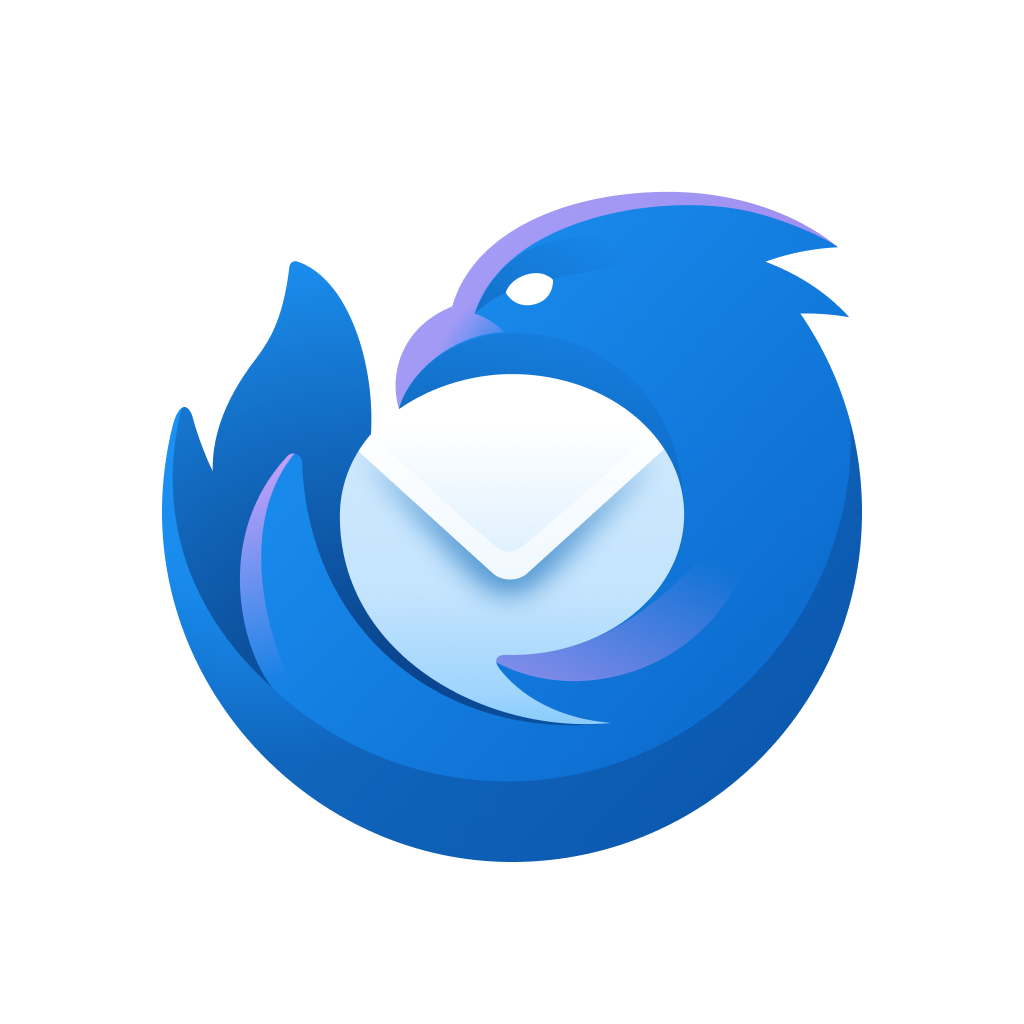
Can I delete this trash file under profiles?
Hello, Is it safe to delete this trash file? C:\Users\(user)\AppData\Roaming\Thunderbird\Profiles\8man8wy0.default\Mail\pop.secureserver-1.net\trash//
It is simply named 'trash' and has no file type (file type just says 'file'), and is for a mail server I don't use anymore (pop.sercureserver). It also says it hasn't been modified in four years.
The reason I want to delete it is because Kaspersky antivirus detected four dangerous objects there that it can't resolve or delete and won't let me quarantine. Strangely, they're all from 2016.
I already tried manually looking for the emails in Thunderbird, permanently deleted trash emails, and compacted folders, but even after that and restarting the computer several times Kaspersky still finds them. Unfortunately, because of the ban on Kaspersky in the USA, I can't post to their message boards to ask for help.
So, is it safe to delete the file 'trash?' And would I need to delete Trash.msf and/or the folder Trash.sbd also?
Any assistance would be much appreciated, thank you.
Ọ̀nà àbáyọ tí a yàn
Yes, it's safe to delete. And, if that server is no longer used, you can delete all of it, although I'm puzzled why it is still there if the account has been deleted.
Ka ìdáhùn ni ìṣètò kíkà 👍 1All Replies (3)
Ọ̀nà àbáyọ Tí a Yàn
Yes, it's safe to delete. And, if that server is no longer used, you can delete all of it, although I'm puzzled why it is still there if the account has been deleted.
The account will still be there because it was a Pop account. Thunderbird does not delete it because all pop accounts are designed to stored emails locally and those emails maybe the only copy. It also means if the account data is still available, it's easy to recreate a new pop account and point to it in the 'Local directory:' settings to use the old account thus meaning all data can be recovered.
The 'Trash' file is an mbox file which is a form of text file. The 'Trash.msf' file is an index file used by thunderbird to display the actual list in Message List. When you select to read an email, info in index file is used to locate the email stored in the mbox file. The 'Trash.sbd' folder means you had subfolders in the Trash. This can occur if delete a folder.
You can delete all three of these providing you do not want to recover anything. Please remember, Thunderbird must not be running if you want to delete those files and folder. Upon a restart of Thunderbird, if that pop account is being used, the Trash mbox file and index file should get auto recreated.
However.... if you do not want to delete the file then you could open and edit it - basically delete all it's contents then save the file. If you do this you just need to delete the Trash.sbd folder and the Trash.msf file. Any mbox file can be opened using a simple text editor such as Notepad. If the mbox file has got large then you may need Notepad++ Please note very large mbox files may need to use a program which handle it such as UltraEdit
Hello, Problem solved! Thank you both for the replies. I deleted the files and Kaspersky is no longer detecting anything. Thanks again!

